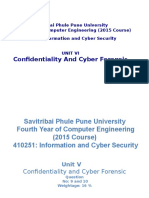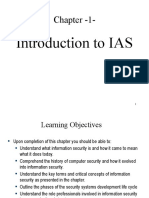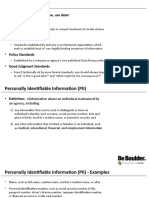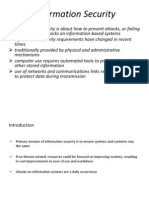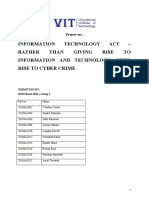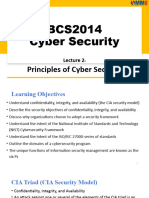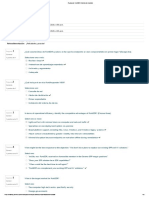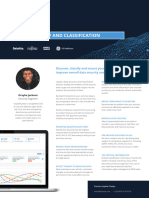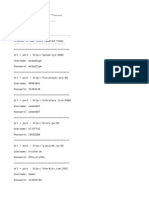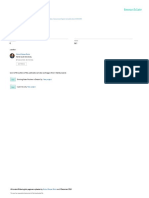0% found this document useful (0 votes)
5 views8 pagesInformation Security Fundamentals
The document discusses the relationship between data and information, highlighting that data is raw and unprocessed, while information is analyzed data. It outlines various types of organizational data, including traditional corporate data and the importance of protecting sensitive information through laws such as GDPR, HIPAA, and PCI-DSS. Additionally, it emphasizes the significance of confidentiality, integrity, and availability in cybersecurity practices.
Uploaded by
khanusmanullahkhan63Copyright
© © All Rights Reserved
We take content rights seriously. If you suspect this is your content, claim it here.
Available Formats
Download as PDF, TXT or read online on Scribd
0% found this document useful (0 votes)
5 views8 pagesInformation Security Fundamentals
The document discusses the relationship between data and information, highlighting that data is raw and unprocessed, while information is analyzed data. It outlines various types of organizational data, including traditional corporate data and the importance of protecting sensitive information through laws such as GDPR, HIPAA, and PCI-DSS. Additionally, it emphasizes the significance of confidentiality, integrity, and availability in cybersecurity practices.
Uploaded by
khanusmanullahkhan63Copyright
© © All Rights Reserved
We take content rights seriously. If you suspect this is your content, claim it here.
Available Formats
Download as PDF, TXT or read online on Scribd
/ 8

